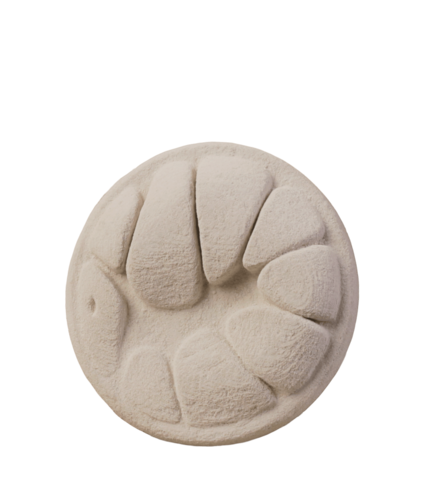3D printing from mineral raw materials
Life Cycle Transition
About the Product


Additive manufacturing enables the implementation of complex geometries with various functions. Raw materials can be reduced by optimising the minimum amount of statically necessary material.
For the concrete product Concr3de, industrial by-products of the stone industry (aggregates or cements) are used to print high-strength, stone-like components in 3D. Materials used are Carrara marble, grey and black granite, and limestone. The powder comes from mineral production waste from Italy and Portugal. Li/Na/K silicate and sand as well as calcium aluminate materials are also proven starting materials. The binders developed by the company, based on CSA cement or geopolymers, cause 35% less CO2 compared to conventional binders based on Portland cement (OPC).
The technology used for Concr3de is a process in which drops of ink are applied to a powder. The ink and powder react with each other and a strong mineral bond is formed. Curing takes place within a few minutes.
The resulting prototypes are suitable for interiors or façades, as well as for restoration and as fireproof material for cast components.
Due to their strength and durability, reuse of the printed objects is conceivable if a non-destructive detachment can be guaranteed. The 3D printer can be disassembled into its individual parts made of aluminium, steel and plastic and may be reused. A high-quality recycling of the components is only conceivable for individual parts.
Manufacturer: Concr3de